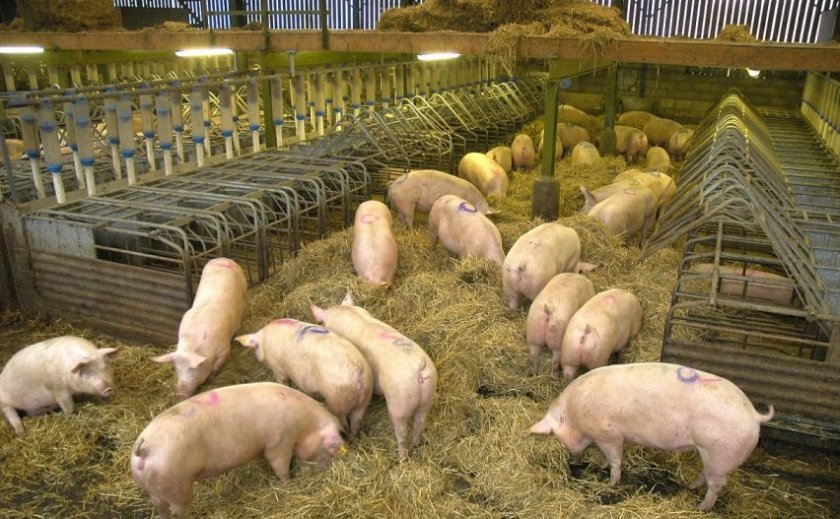
A recent trial has shown that the British pig industry is successfully reducing ammonia emissions, saving producers an estimated £15.3 million.
The trial's results, unveiled by the AHDB, will enable the sector to demonstrate compliance and best practice, saving them from environmental mitigation costs.
Pig producers must meet the Best Available Technique (BAT) Associated Emission Levels (AELs), and if they cannot prove they are doing so, they must pay mitigation costs.
The recent ammonia monitoring trial allows for updates in regulating the sector through accurate annual pollution inventory reporting and future habitat risk assessments.
It has provided a study of emissions from different pig production systems, improved understanding of emissions from the pork sector and demonstrated the fall in emissions.
The Environment Agency has used the results, along with previous monitoring trials and older National Atmospheric Emissions Inventory (NAEI) data, to inform draft emission factors which will be published later this year.
Importantly, these new emission factors demonstrate that UK pig housing is fully compliant with the BAT AELs and shows a decrease in the quantity of ammonia emitted from English commercial pig housing.
Zanita Markham, AHDB knowledge transfer manager said: “We are delighted to be able to present the most comprehensive and recent study of its kind. It demonstrates compliance on all housing types, which is to the industry’s credit.
"Importantly, it also sets a benchmark against which we can measure further reductions in emissions in the future.”
The aim of the trial was to establish eight new ammonia emission factors for a specific and representative range of pig housing types.
The results not only provide these, but also demonstrate that farmers have decreased ammonia emissions since the historic data was first published.
Until this trial, the Environment Agency used emission factors based on NAEI data. However, not all these figures met the BAT AELs for pig housing.
Natural England also uses the emission factors as part of planning applications. The report and findings are available for Defra to use for annual reporting for international air quality obligations.
Harley Stoddart, AHDB senior environment scientist added: “This project has demonstrated the benefits of collaboration by providing robust evidence of ammonia emissions from a wide range of modern pig production systems.”
